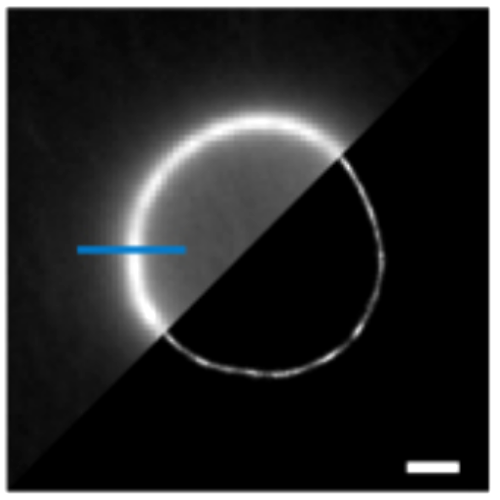Establishing super-resolution imaging for proteins in diatom biosilica
The intricate, genetically controlled biosilica nano- and micropatterns produced by diatoms are a testimony for biology's ability to control mineral formation (biomineralization) at the nanoscale and regarded as paradigm for nanotechnology. Previously, several protein families involved in diatom biosilica formation have been identified, and many of them remain tightly associated with the final biosilica structure. Determining the locations of biosilica-associated proteins with high precision is, therefore expected to provide clues to their roles in biosilica morphogenesis. To achieve this, we introduce here single-molecule localization microscopy to diatoms based on photo-activated light microscopy (PALM) to overcome the diffraction limit. We identified six photo-convertible fluorescent proteins (FPs) that can be utilized for PALM in the cytoplasm of model diatom Thalassiosira pseudonana. However, only three FPs were also functional when embedded in diatom biosilica. These were employed for PALM-based localization of the diatom biosilica-associated protein Silaffin-3 (tpSil3) with a mean precision of 25 nm. This allowed for the identification of distinct accumulation areas of Sil3 in the biosilica, which cannot be resolved by confocal fluorescence microscopy. The enhanced microscopy technique introduced here for diatoms will aid in elucidating the molecular mechanism of silica biomineralization as well as other aspects of diatom cell biology.

- Sci Rep. 2016 Nov 9;6:36824
- 2016
- Imaging Technologies Development
- 27827427
- PubMed
Enabled by:
